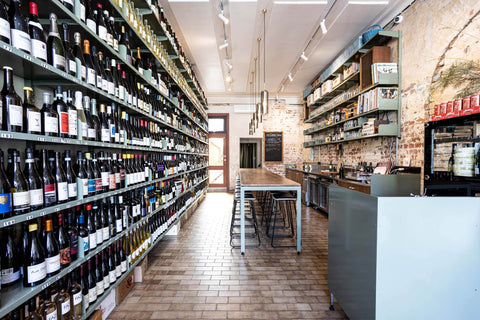For our wine club in December 2024 we returned to the Mediterranean to take a closer look at the small and very ancient wine-producing nation of Lebanon.
Lebanon sits at the heart of several different geographic groupings and concepts. It is at once part of the Middle East, the Arab world, West Asia, and the Eastern Mediterranean in the broadest sense, but also is sometimes referred to in the context of the Levant, the Holy Land, and the historical region of Syria (variously referred to as Greater Syria or Syria-Palestine). Its central position along many geographic, geo-political, and cultural crossroads has had a lasting effect on the unique cultural melange that constitutes modern-day Lebanon.

Lebanon’s history is one that includes winemaking every step of the way. From the earliest evidence of civilisation, there is evidence that wine was being produced and consumed here. The Phoenician Kingdom of Tyre, based around the ancient city of Tyre (still a functioning city in modern-day Lebanon), built a maritime empire that spread their innovative winemaking throughout the Mediterranean. Phoenicians brought winemaking and viticulture to Cyprus, Sicily, Sardinia, the east coast of Spain, Tunisia, Algeria, and Morocco before the Greeks or Romans arrived (in Sicily about 100+ years prior and in Africa and Spain roughly 500+ years prior). Phoenician viticultural practices, like vine training and trellising, would eventually be studied and replicated by the Romans (see the works of Mago, a Carthaginian who wrote extensively about agriculture in Carthage and its colonies). In Lebanon, the Kingdom of Tyre fell to the Greeks around 300 BCE, but the region's unique viticulture survived and persisted. After the Greeks, the Romans arrived, and left a legacy of great monumental architecture, and extensive irrigation that boosted agricultural output and sophistication. This infrastructure was left largely intact throughout its subsequent period of Byzantine (Eastern Roman Empire) and Arab rule (Abassid Caliphate).
Despite Islam’s prohibition on the production of wine and spirits, whether most early practitioners of Islam actually abstained remains a subject of debate. Certainly many of the upper classes of Ottoman society were not afraid to imbibe, and the Christian, Jewish, and Yazidi wine producers cared little who was drinking their wine. The Ottoman administration of Lebanon taxed their religious minorities (Jizya) under the ‘millet’ system, but did not seek to force the conversion of their non-muslim subjects in Lebanon, preferring for cultural and religious minorities to manage their own affairs. Thus Lebanese wine entered the modern era in the 20th century relatively intact compared to other regions of the Arab world where wine-related undertakings faced much greater challenges.

The modern era has been defined by Lebanese winemakers' perseverance in the face of extremely difficult geopolitical and economic conditions. The end of Ottoman rule brought French occupation, and then independence. Lebanon’s young state has been buffeted between more powerful and heavily armed neighbours for its entire history (Syria, Turkey, and Israel). For winemakers in Lebanon, their craft is indelibly tied to their long history, they are after all custodians of a fascinating tradition of winemaking inherited from ~6,000 of history.
VIew the Lebanese wines currently available at Cardwell Cellars.




